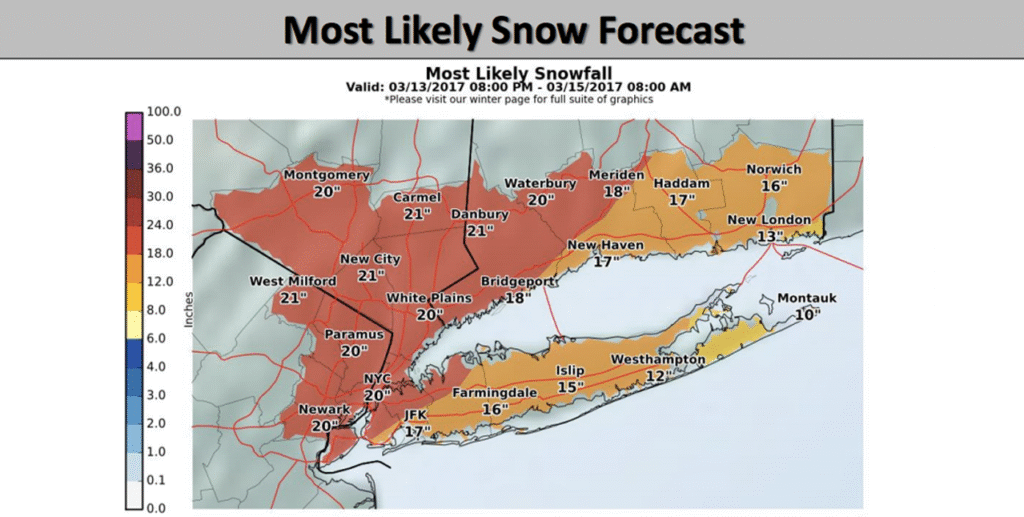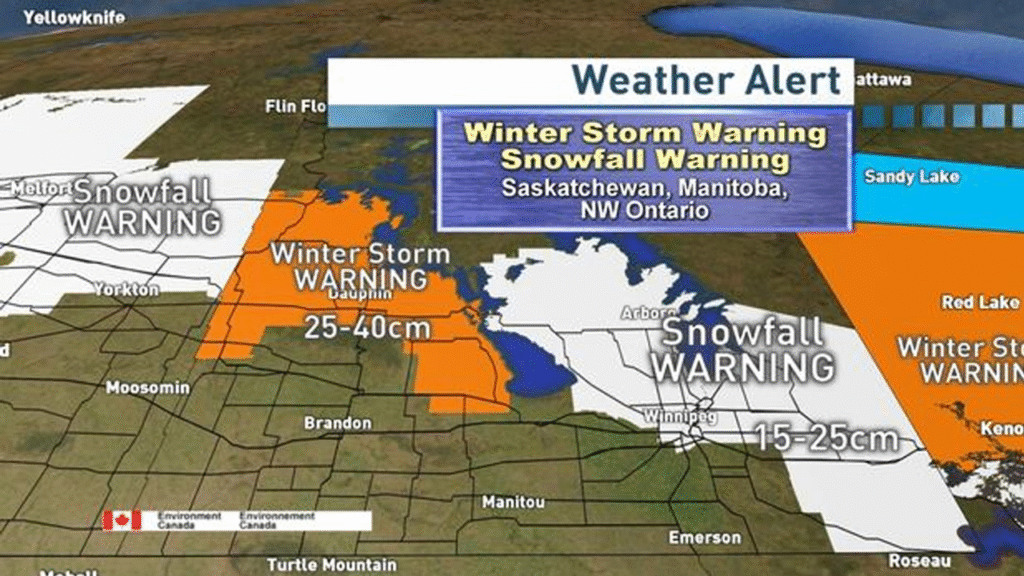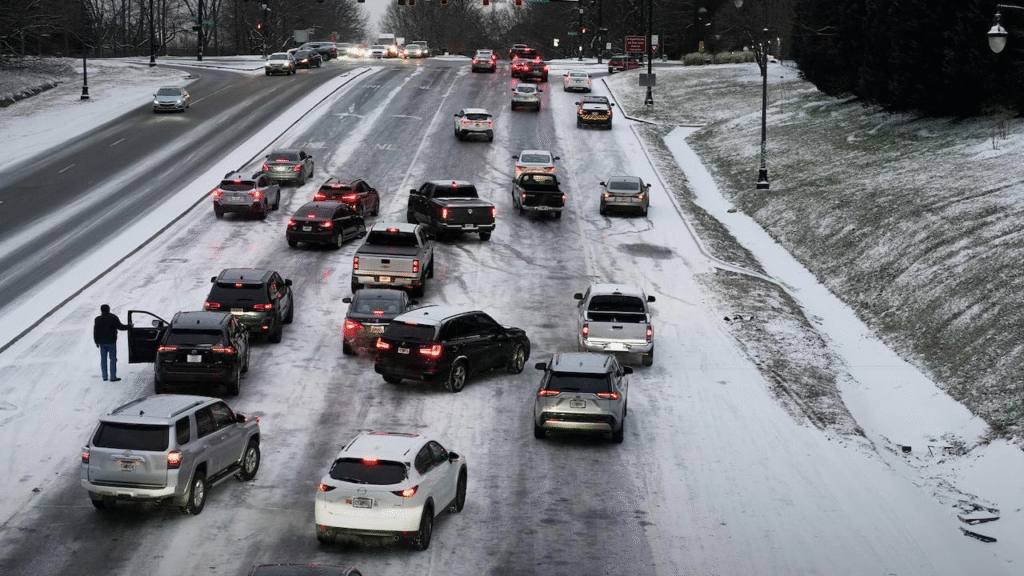Contents
- 1 Introduction: Winter Weather Turns Dangerous
- 2 What Is a Lake Effect Snow Warning?
- 3 Snowstorm Forecast: How Much Snowfall Is Expected?
- 4 Areas Under Snow Alert
- 5 Expected Duration of the Storm
- 6 Weather Alerts and Snow Emergencies Explained
- 7 Safety Tips During a Lake Effect Snow Storm
- 8 What to Do If You Are Caught in a Snowstorm While Driving
- 9 Impacts on Travel and Power Outages
- 10 When Will the Snowstorm End?
- 11 When will conditions improve?
- 12 What’s next in the 7-day winter weather forecast?
- 13 How to Track Live Snowfall and Weather Alerts
- 14 Stay Alert, Stay Prepared
- 15 FAQs
Introduction: Winter Weather Turns Dangerous
Lake effect snow warning alerts sweep across parts of the U.S. and Canada. They signal a fierce start to winter. These fresh warnings come from powerful cold fronts that clash with the still-warm Great Lakes. They unleash relentless snow bands over upstate New York, Pennsylvania, and nearby areas. Powerful snow bands sweep across the Great Lakes. Weather alerts and snow emergencies are issued in multiple states. The latest winter storm snowfall forecast predicts several inches of snow in just hours. Temperatures plummet into the single digits. Residents from the Midwest to the Northeast must brace for this sudden severe shift. Do not wait for the flakes to fall. Check your local forecast now for real-time updates.
What Is a Lake Effect Snow Warning?
A lake effect snow warning serves as a critical alert. It issues when intense localized snowfall nears due to the unique lake effect snow event. This happens as frigid Arctic air masses flow over the warmer waters of the Great Lakes. Moisture evaporates and condenses fast into heavy snow squalls on land. These events create narrow, intense bands of snow. They dump feet in hours but spare areas miles away.
The National Weather Service (NWS) sets levels of severity. A Lake Effect Snow Warning signals life-threatening accumulations (typically 6+ inches in 12 hours). It requires immediate action. A watch means conditions favor snow within 24 to 48 hours. An advisory warns of lighter but hazardous snow (3 to 6 inches). Interactive NWS maps show these bands in real time. They offer pinpoint forecasts for cities like Buffalo, NY. Lake effect snow buries the region under 2 feet overnight. Stay ahead. Visit weather.gov for alerts tailored to your zip code.
Snowstorm Forecast: How Much Snowfall Is Expected?

Snowstorm forecast models paint a stark picture for this event. The latest winter storm snowfall forecast from AccuWeather predicts widespread disruptions from a surging cold wave. The jet stream dips dramatically. Expect a surge of December-like chill. It ushers in the season’s first major snows across the central and eastern U.S. It affects millions with feels-like temperatures in the teens or lower.
Upstate NY sees up to 2 feet of snow in localized areas near Lake Erie. Pennsylvania’s snow belts brace for 12 to 18 inches amid wind gusts over 50 mph. Whiteout conditions trigger widespread travel disruptions. They range from highway pileups to grounded flights. They echo past lake effect events that paralyze the Great Lakes region.
Areas Under Snow Alert
Key hotspots include:
- Michigan (Marquette, Detroit): Several inches from Saturday evening through Monday mixed with urban traffic snarls.
- New York (Buffalo, Syracuse): Heavy bands target upstate with 1 to 2 feet possible in narrow corridors.
- Pennsylvania (Erie, Pittsburgh): 8 to 12 inches expected to extend to Ohio and Indiana borders.
- Broader Midwest (Chicago, Minneapolis): Light accumulations of 2 to 4 inches bring slick roads.
These match NWS weather alerts for 17 states from North Dakota to Maine.
Expected Duration of the Storm
The intense phase peaks Sunday through Tuesday. Lake effect bands linger as cold air stays over the lakes. Moderation arrives midweek. Scattered squalls extend impacts into Thursday. Monitor evolving models for precise timing.
Weather Alerts and Snow Emergencies Explained

Weather alerts act as your first defense in bad conditions. A snow emergency raises the stakes. Local authorities declare it. They impose strict rules to protect safety. A snow emergency means immediate parking bans on major streets to help plowing. It includes travel restrictions that curb nonessential trips. Fines reach up to $500 for violations. Vehicles tow, and responders face gridlock during peak fallout.
Common NWS weather alerts include:
- Winter Storm Warning: 5+ inches in 12 hours or 7+ in 24 signals major hazards.
- Blizzard Warning: Snow with winds over 35 mph reduces visibility below 1/4 mile for 3+ hours.
- Wind Chill Advisory: Dangerous cold (below -15°F feels like) risks frostbite in minutes.
Stay updated through local NWS alerts or municipal websites. Avoid fines or travel risks. Sign up for text notifications today for instant location-specific warnings.
Safety Tips During a Lake Effect Snow Storm
A lake effect snowstorm demands proactive preparation. Sudden bands blindside you with zero visibility chaos. Here is an actionable list of must-dos to protect your home and habits:
- Avoid unnecessary travel: Postpone outings until bands pass. Roads close, and you add to the mess.
- Keep an emergency car kit: Stock blankets, flares, nonperishable snacks, a shovel, and a full gas tank for stranding.
- Stay indoors during whiteout conditions: Limit exposure to hypothermia. Hunker down with layers and hot drinks.
- Prepare heating backup and food supplies: Generators, extra propane, and a 72-hour pantry ensure you handle outages without panic.
What to Do If You Are Caught in a Snowstorm While Driving

If caught mid-blizzard, just pull over safely. Turn on hazard lights. Remain in your vehicle. It offers warmer shelter than wandering. Clear exhaust pipes to stop carbon monoxide buildup. Ration fuel for heat sparingly. Call for help via phone instead of trekking. These actions turn a dire situation into a delay. Always check visibility before you go out.
Impacts on Travel and Power Outages
Lake effect snow warning events cause cascading disruptions. Flight delays hit hubs like Detroit Metro. Road closures affect I-90 through Pennsylvania. Public transit halts as buses and trains face icy tracks and safety stops. NWS data shows wind gusts amplify whiteouts. Visibility drops to feet.
The heavy lake effect snow causes blinding visibility and widespread travel delays. DOT reports from similar storms show thousands of stranded motorists each year. Power outages threaten as downed lines from heavy wet snow black out areas. Last year’s event left 50,000 without heat for days. Monitor Google Maps traffic alerts and local power outage maps via utility apps. Get street-level intel to stay ahead.
When Will the Snowstorm End?
Forecast models match Newsweek’s cautious tone. They project the snowstorm’s grip loosens gradually. The cold wave moderates midweek, but threats linger. AccuWeather’s Paul Pastelok notes it feels like Christmastime through early next week. Blustery winds prolong the chill.
When will conditions improve?
Primary bands fade by Tuesday evening. Partial clears arrive with highs in the 30s by Wednesday. Isolated squalls tease drivers into Thursday.
What’s next in the 7-day winter weather forecast?
A brief thaw hits midweek. Another front renews snow chances in the Great Lakes and interior Northeast from Thursday to Friday. FOX 5 NY’s outlook hints at nor’easter potential for NYC area snow totals of 15 to 20 inches this season. The pattern continues with wetter, cooler vibes under weak La Niña. Track NOAA updates for shifts.
How to Track Live Snowfall and Weather Alerts
Live data helps against this unpredictable lake effect snow warning. Use reliable tools for radar, alerts, and local precision. Start with the National Weather Service (weather.gov). Interactive maps plot snow bands in detail. They push customized notifications.
For broader views, check The Weather Channel for hour-by-hour breakdowns. Or use AccuWeather for minute casts on accumulation. Check live radar and emergency management pages like your state’s DOT site. Set up email alerts now to catch threats before they hit.
Stay Alert, Stay Prepared
The lake effect snow warning goes beyond snow. It focuses on safety and preparation against nature’s power. From buried roads to frozen pipes, this 2025 event highlights the Great Lakes as a snow factory. With forecasts and foresight, you navigate it unscathed.
Bookmark your local weather alert system. Follow verified meteorologists on social media for live updates. Your future self thanks you. What is your top snow survival hack? Share in the comments below!
FAQs
What is a lake effect snow warning?
A lake effect snow warning is an NWS alert for heavy localized snowfall (6+ inches in 12 hours). Cold air over warm lakes causes it. It poses serious travel and safety risks.
What is the lake effect on snow?
The lake effect boosts snow. Moisture from unfrozen lakes creates intense bands. Feet fall where inches hit elsewhere.
How long is the lake effect snow warning?
For this 2025 event, warnings span Sunday to Tuesday mainly. Extensions reach Thursday based on models. Check NWS for your area.
Which states get lake effect snow?
Prime targets include New York, Pennsylvania, Michigan, Ohio, and Indiana. Spillover hits Wisconsin and Illinois. 17 states face risks this wave.

